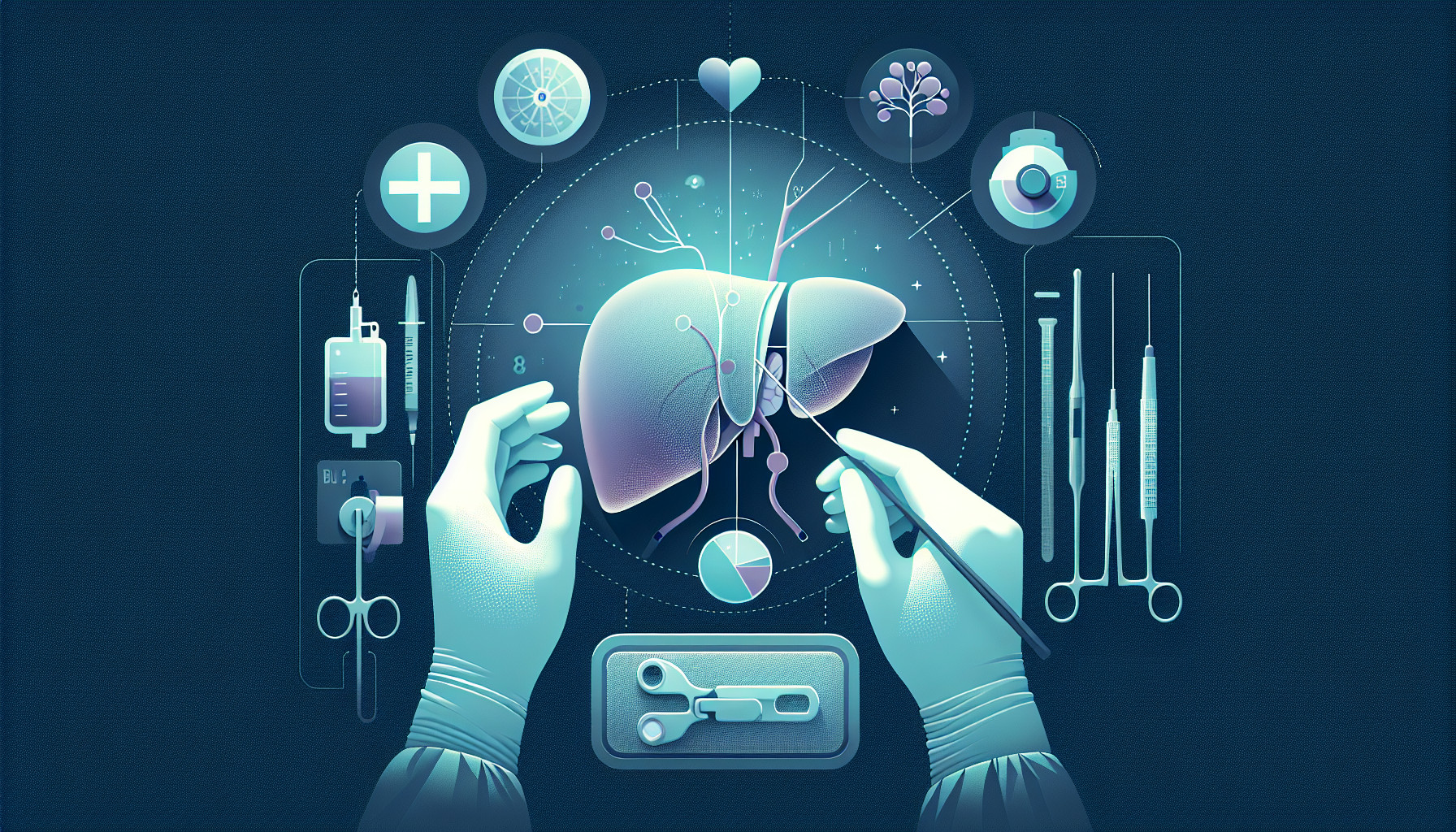Our Summary
The research paper discusses the factors related to the practice of early removal of a breathing tube (extubation) after a child receives a liver transplant from a living donor. This study looked at the medical records of children who had liver transplants at their medical center from 2013 to 2021.
The children were divided into two groups: those who had the breathing tube removed early (either immediately after surgery or within 24 hours) and those who had it removed later. The aim was to see what factors contributed to the ability to remove the tube early.
The study found that the only factor that made a difference was the anhepatic time - the period during surgery when the liver is not functioning because it has been removed but the new one has not yet been installed. The shorter this time, the more likely the tube could be removed early.
Additionally, the study found that children who had the tube removed early spent less time in the intensive care unit, but it didn’t affect the total time they spent in the hospital. They also had fewer medical complications and less need for reinsertion of the breathing tube within 30 days of surgery.
In simple terms, the study suggests that reducing the time a child spends without a functioning liver during transplant surgery may allow doctors to remove the breathing tube sooner, which could result in fewer complications and a shorter stay in intensive care.
FAQs
- What was the aim of the research paper on pediatric liver transplant?
- What factor was found to influence the early removal of a breathing tube after a child’s liver transplant?
- What are the potential benefits of early removal of the breathing tube post liver transplant surgery in children?
Doctor’s Tip
One helpful tip a doctor might give to a patient about pediatric liver transplant is to discuss the possibility of early extubation with the medical team. By understanding the potential benefits of removing the breathing tube sooner, parents can work with the healthcare providers to optimize the surgical process and potentially improve outcomes for their child. It’s important to ask questions and be proactive in advocating for the best possible care for your child during and after the transplant surgery.
Suitable For
Pediatric liver transplant patients who may benefit from early extubation include those with shorter anhepatic times during surgery. This could include patients who are receiving a liver transplant from a living donor, as the study specifically looked at this population. Patients who are at lower risk for complications and have a smoother recovery process may also be good candidates for early extubation. Ultimately, the decision to remove the breathing tube early should be based on individual patient factors and the discretion of the medical team.
Timeline
Before pediatric liver transplant:
- Child is diagnosed with a liver disease that requires a transplant
- Child undergoes extensive medical evaluation to determine eligibility for transplant
- Child is placed on the transplant waiting list
- Child and family receive counseling and education about the transplant process
- Child undergoes surgery to receive a new liver from a living or deceased donor
After pediatric liver transplant:
- Child is monitored closely in the intensive care unit post-surgery
- Child may have the breathing tube removed early if certain factors are met
- Child is monitored for signs of rejection and infection
- Child receives immunosuppressant medications to prevent rejection
- Child undergoes physical therapy and rehabilitation to regain strength
- Child and family receive ongoing medical follow-up and support
Overall, the pediatric liver transplant process involves a complex series of steps before and after the surgery to ensure the best possible outcome for the child.
What to Ask Your Doctor
Some questions a patient should ask their doctor about pediatric liver transplant include:
- What are the risks and benefits of early removal of the breathing tube after a liver transplant in children?
- What factors will determine whether my child can have the breathing tube removed early after the transplant surgery?
- How can we minimize the anhepatic time during the surgery to increase the chances of early extubation?
- What are the potential complications of keeping the breathing tube in for a longer period of time?
- How will early extubation impact my child’s recovery and length of stay in the hospital?
- What is the plan for managing pain and discomfort after the breathing tube is removed?
- Are there any alternative methods for breathing support that can be considered instead of a traditional breathing tube?
- What follow-up care will be needed after the liver transplant surgery, especially in relation to respiratory support?
- How will the medical team monitor my child’s respiratory status and overall recovery post-transplant?
- Are there any specific precautions or restrictions my child should follow in the weeks following the liver transplant surgery to support successful extubation and recovery?
Reference
Authors: Saeyup P, Paarporn P, Prasarnphan D, Wongpiyaboworn W. Journal: Paediatr Anaesth. 2023 Jan;33(1):59-68. doi: 10.1111/pan.14562. Epub 2022 Oct 5. PMID: 36177712
